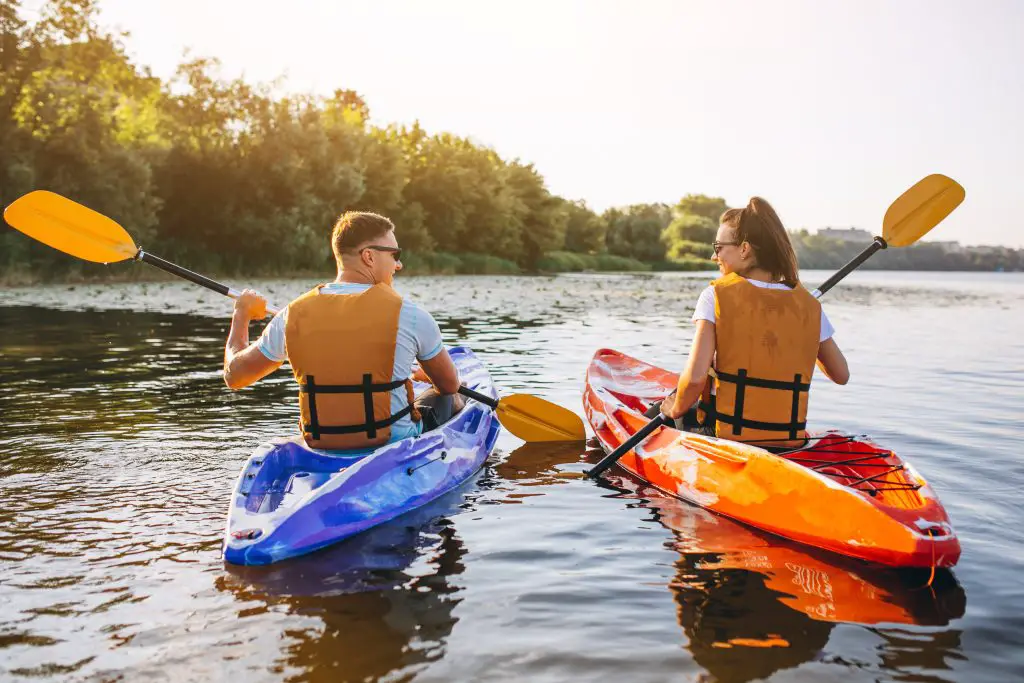The Lake District is a beautiful area with picturesque landscapes and quaint villages. Another element of the Lake District to note is its idyllic lakes, which people can walk around as they enjoy the scenery. These lakes can also be the host of a variety of watersports, particularly in the summer months.
For those wanting to try something new or for seasoned pros, the Lake District’s lakes and rivers are the perfect places for kayaking. There are an array of locations for kayaking in the Lake District, such as Buttermere and Lake Windermere, to name a few, and there are some stunning places within Cumbria that are still waiting to be discovered.
Lake District water sports do not have to be limited to kayaking, and its lakes and rivers can be used for a variety of activities. However, kayaking in the Lake District is a great way to experience these all-natural landmarks in the north of England.
Take a look at the best places to kayak in the Lake District.
1) Lake Windermere
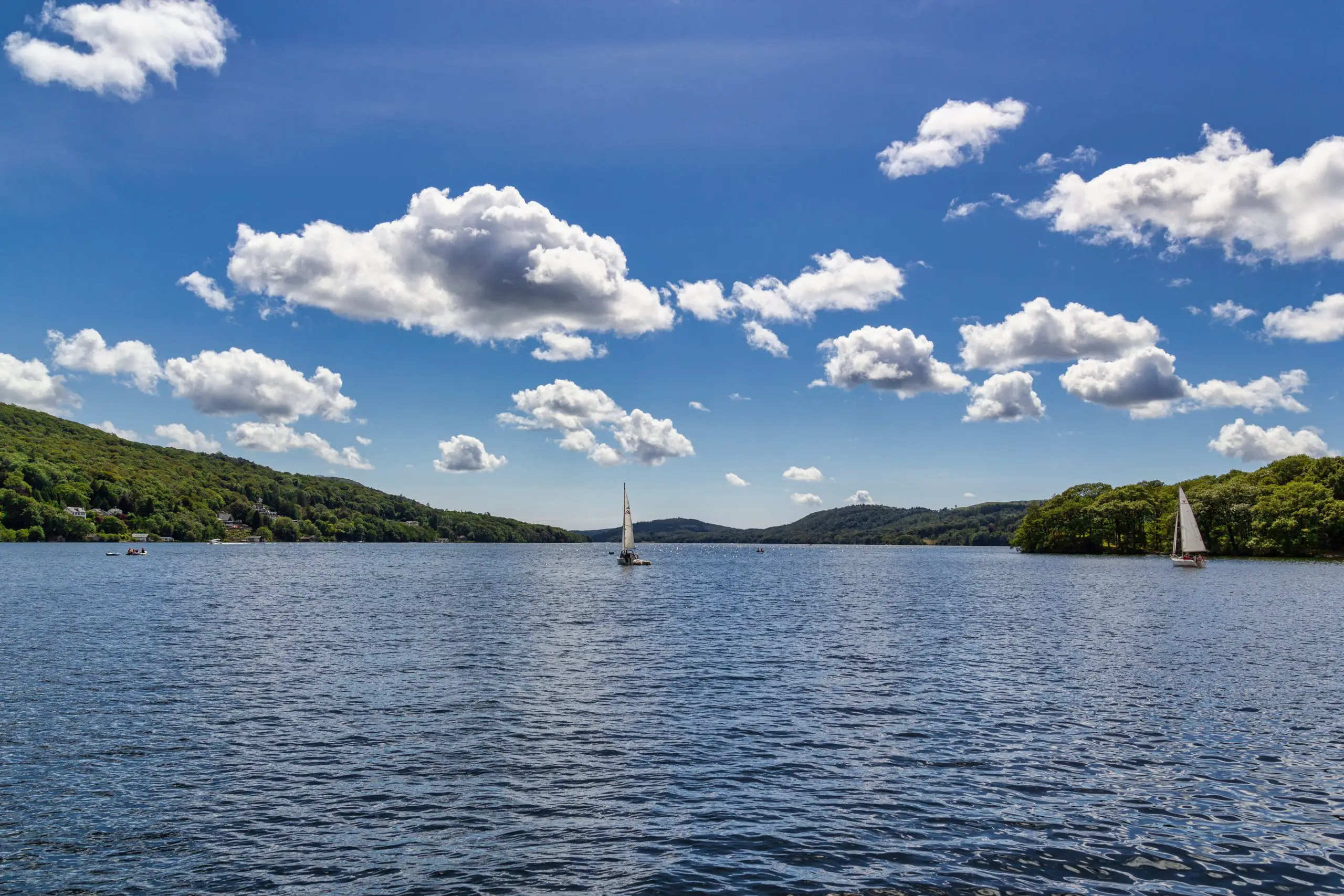
Not only is this the longest lake in the Lake District, but Lake Windermere is also the longest in England. It is up to 220 feet deep, 10.5 miles long and 1 mile wide. It is also one of the busiest lakes in the district.
A range of wildlife can be found here that you can see whilst kayaking on Windermere, including tufted duck, crayfish and otters, and Wray Castle can be seen from the north end of the lake. Wray Castle is owned by the National Trust and is a gothic castle located on Windermere’s shores.
Be aware when kayaking on Lake Windermere that there are launching and landing restrictions on areas of the lake. Some shores are privately owned, meaning you are not allowed to launch or land there, such as Storrs Temple. This monument pays homage to 4 British Naval Officers, whose names are on the walls of the building. Of the lake’s 18 islands, some of them, such as Belle Isle, also prohibit landing.
Can I take my own kayak on Lake Windermere?
If you own a kayak, you can use it on Lake Windermere. However, if you need to get your equipment, kayak hire for Windermere is available. Brockhole Kayaks offer equipment for you to hire so you can enjoy using Windermere for kayaking, beginning at £20 at the time of writing.
2) Ennerdale Water
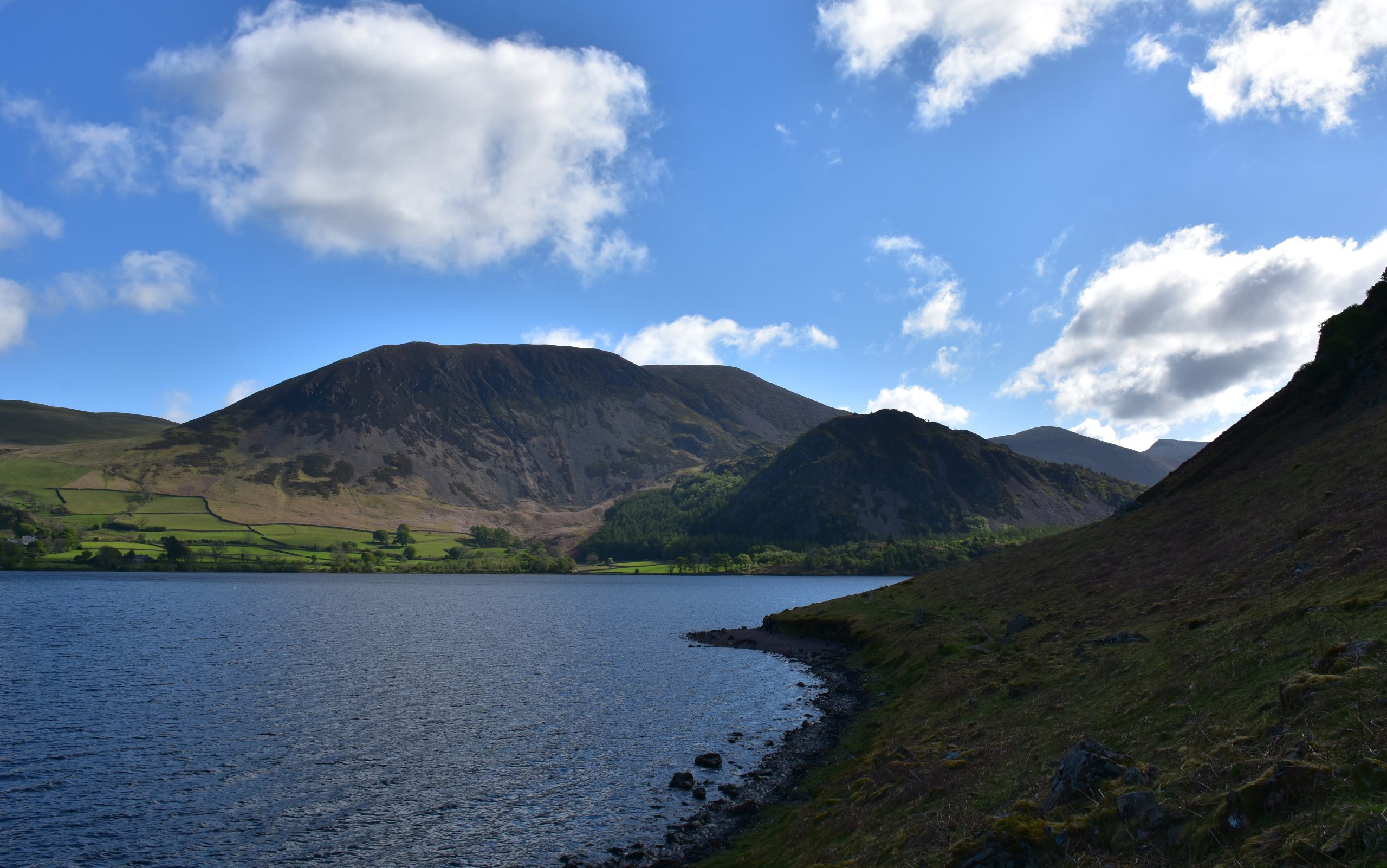
The most western lake in the Lake District National Park, Ennerdale Water, is a more peaceful lake that attracts fewer crowds than some of the others available within the district. It is 0.7 miles wide and 2.5 miles long, and the conifers surrounding it make an idyllic scene for those able to view it. These conifers are part of the thick forest that is around the lake.
If you are in a large or commercial group, or if you are an activity provider, you will need a permit to go kayaking on Ennerdale Water. This permit to paddle is available through United Utilities. To gain a permit, complete the form provided and send it to United Utilities or drop them an email.
3) Grasmere
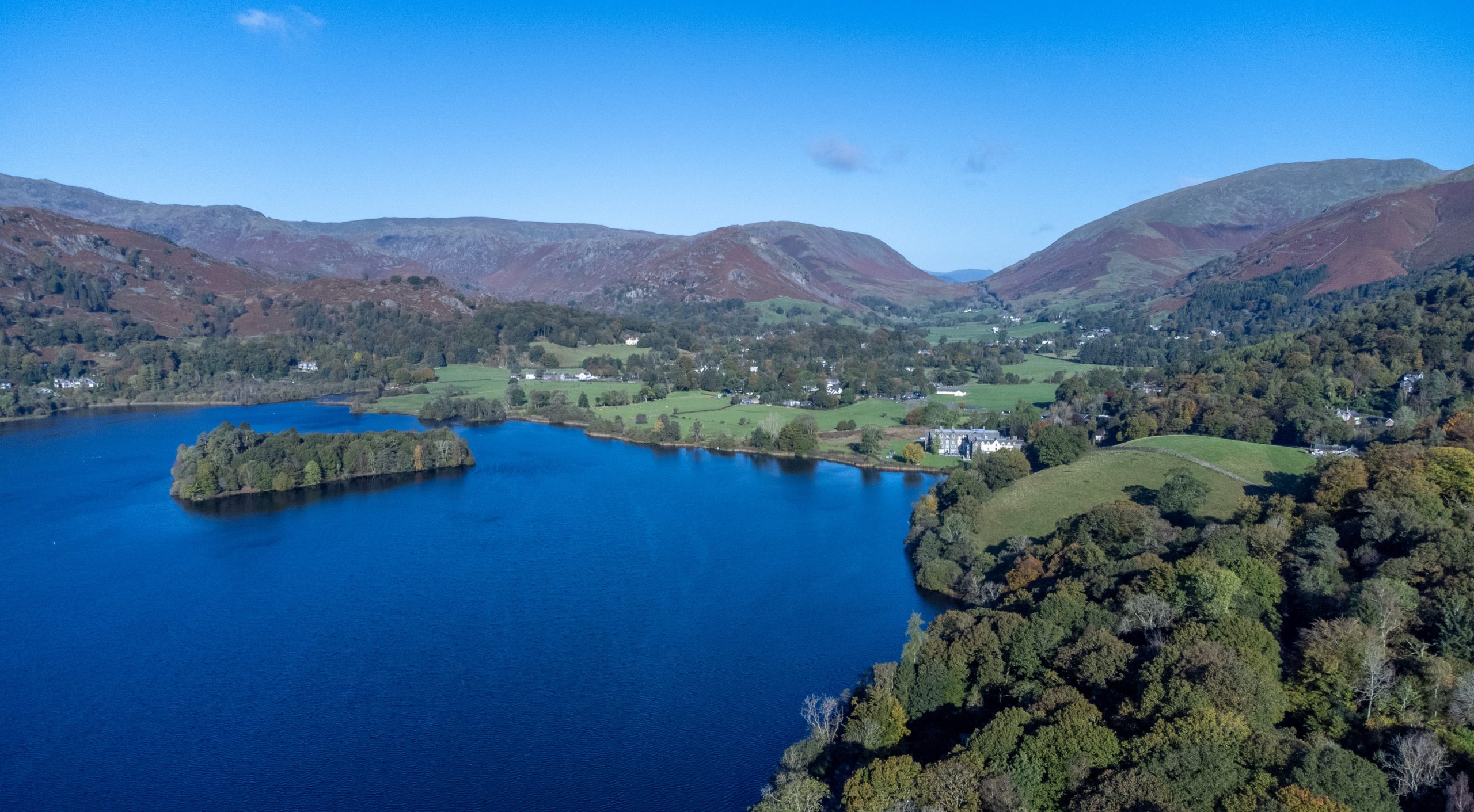
This lake is very popular because of its links to distinguished poet William Wordsworth, who deemed the area the ‘loveliest spot that man hath found’. It is 75 feet deep, 0.5 miles wide and 1 mile long, and offers kayaking experiences that are more tranquil when compared to larger lakes in the district.
From here, you can kayak 4 miles via River Rothay to Lake Windermere and take advantage of the scenery. If you want to kayak on Lake Grasmere, kayak hire is available on the southwest shore of the lake. Faeryland kayak hire offers boats for you to use on the lake throughout the year (weather allowing). No booking is required.
Be aware that landing on Grasmere Island is forbidden.
4) Coniston Water
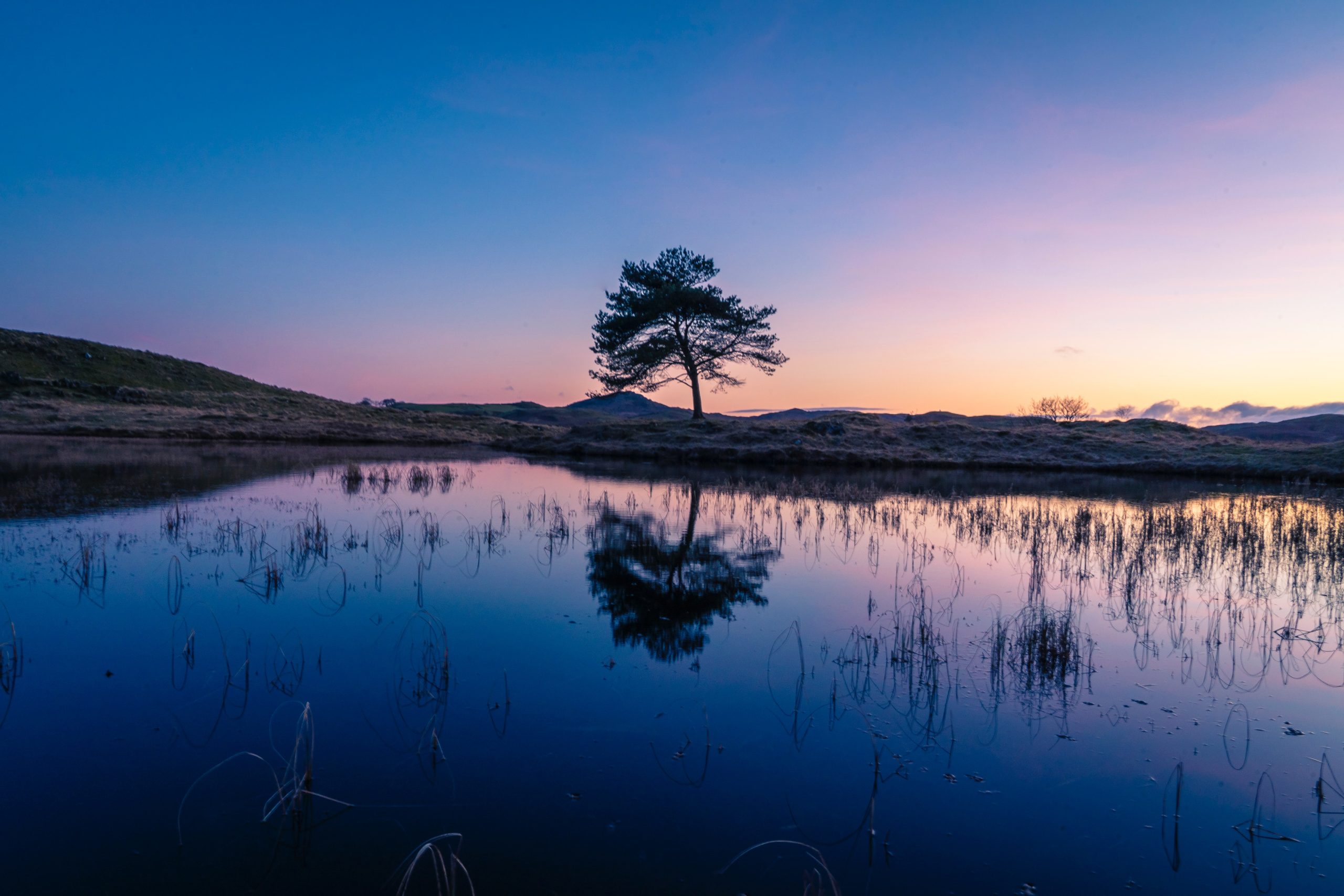
184 feet deep and 5 miles long, Coniston Water is in the southeast of the Lake District and is the fifth-largest lake in the area. This is where the inspiration for Arthur Ransome’s Swallows and Amazons stories came from. The Old Man of Coniston can be seen from the western side, and the three islands within the lake are great places for people wanting to swim, so look for the blue and white flags if you are kayaking in this area.
If you want to go kayaking in Coniston, you can hire boats from Coniston Boating Centre either in person or online. For two hours, the price starts at £20, and there are different boats available to best suit you and the people who may accompany you.
5) Ullswater
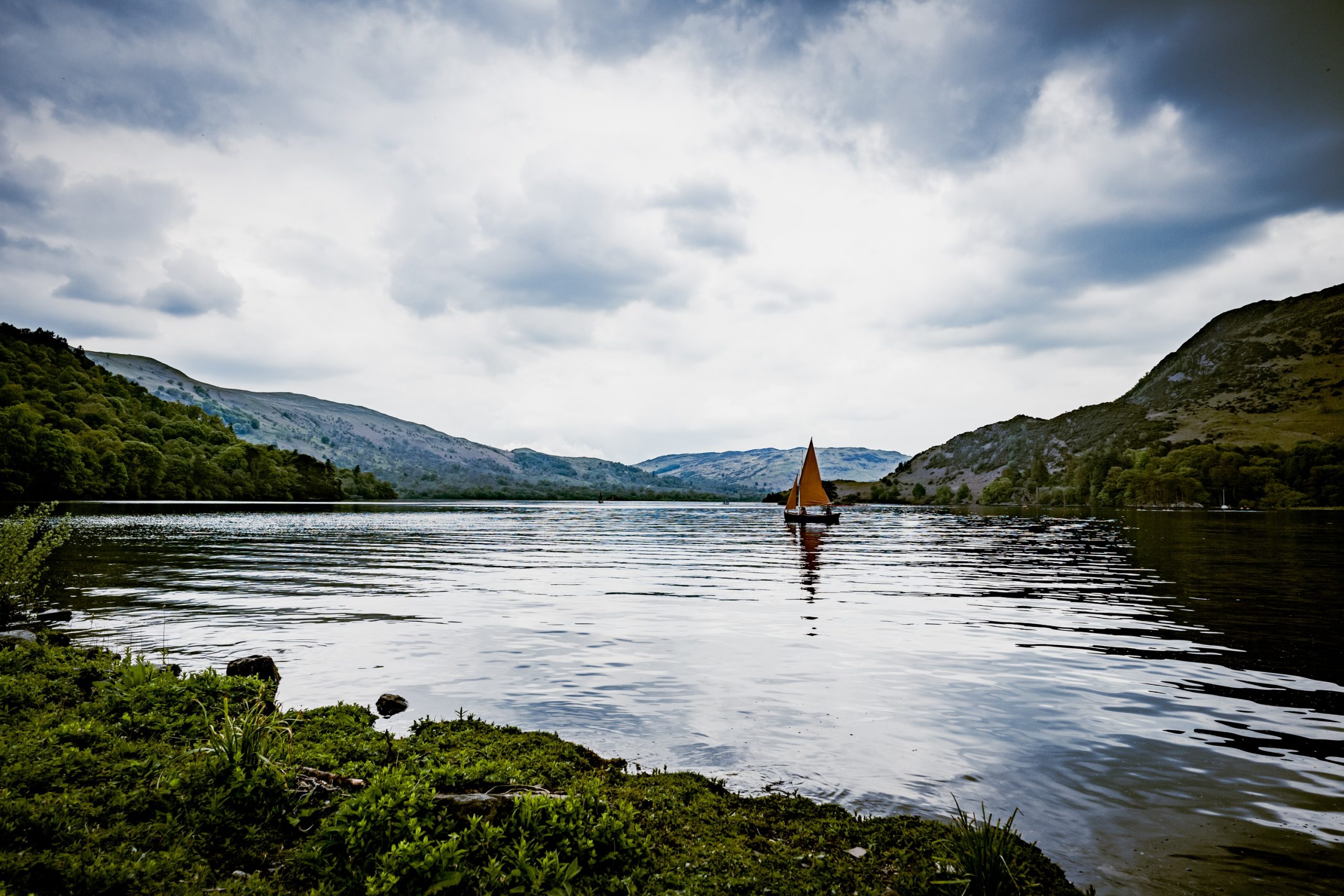
This is the second-largest lake within the Lake District at up to 7.5 miles long, 205 feet deep and 0.75 miles wide. Within the lake are two islands ideal for picnics, and the lake is overlooked by Helvellyn and the fells surrounding it. Ullswater Lake is the setting for the poem ‘Daffodils’ by William Wordsworth and is a great holidaymaker destination.
There are three areas of Ullswater Lake:
- The North End – This part of the lake contains Pooley Bridge, where you can find Ullswater Yacht Club. The season for the club is between mid-March and the end of October, and social events are hosted here throughout this time.
- The Centre – Also known as the Middle Reaches, there is a wide variety of wildlife on the lake here and at Hallinhag Wood, on the shores of Ullswater Lake. Hallinhag Wood is a Special Area of Conservation. The centre of the lake is where you can hire a kayak from.
- The Southern End – This area is called Glenridding and has a population of red deer. If you want to take a detour, Aira Force Waterfall is a breathtaking sight that can be reached via a footpath.
If you want to kayak in Ullswater, kayaking hire is available through Glenridding Sailing Centre, where prices start at £15 for 1 hour.
6) Derwentwater
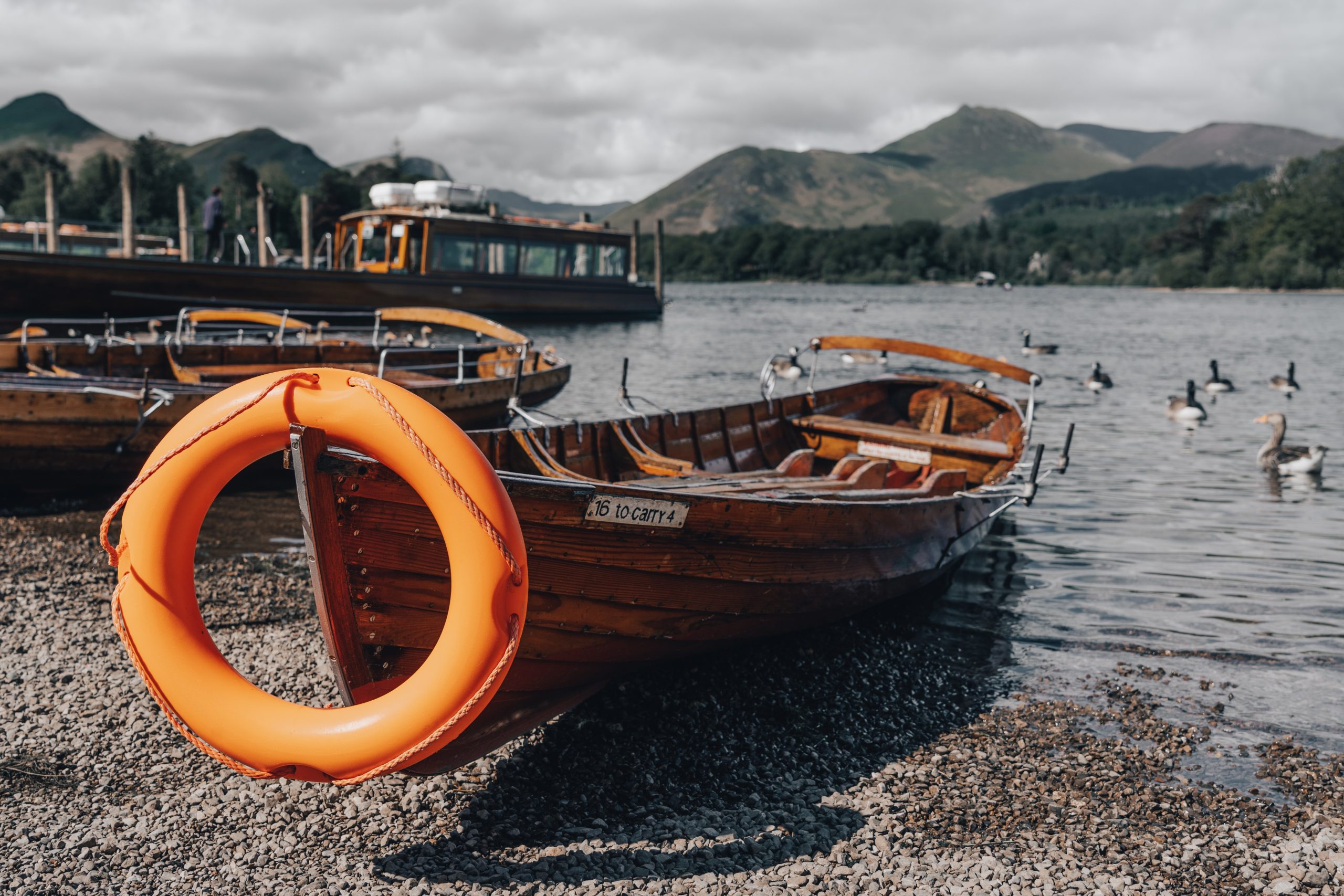
This peaceful lake is the third largest in Cumbria and offers alluring scenery towards the Borrowdale fells. There are only four launching sites for Derwentwater, so if you intend to kayak, ensure you check a map so you can find out where you can enter the water before you begin.
Derwentwater is an ideal kayaking destination if you are staying in a cottage in Keswick because of the short distance between these two locations. There are four islands in the lake for you to explore, including St Herberts Island, which holds a cottage that used to be the home of a hermit. If you want to explore the area, this is another place where there is kayak hire in the Lake District. Nichol End kayak hire has a range of boats you can use from £25 for 2 hours.
7) Buttermere

This lake is famous for its location among the northern fells. Since the beginning of tourism within the Lake District, it has been a popular destination for people visiting the area. Buttermere means ‘the lake by the dairy pastures’, and it is owned by the National Trust.
Originally, it was a larger lake. However, the fells eroding caused a division, leaving two lakes behind. These are Buttermere and Crummock Water. Buttermere is now 1.2 miles long, 0.5 miles wide and 75 feet deep, and it is quieter than the main lakes within the district. It is also smaller and a more manageable place for paddling.
8) Thirlmere
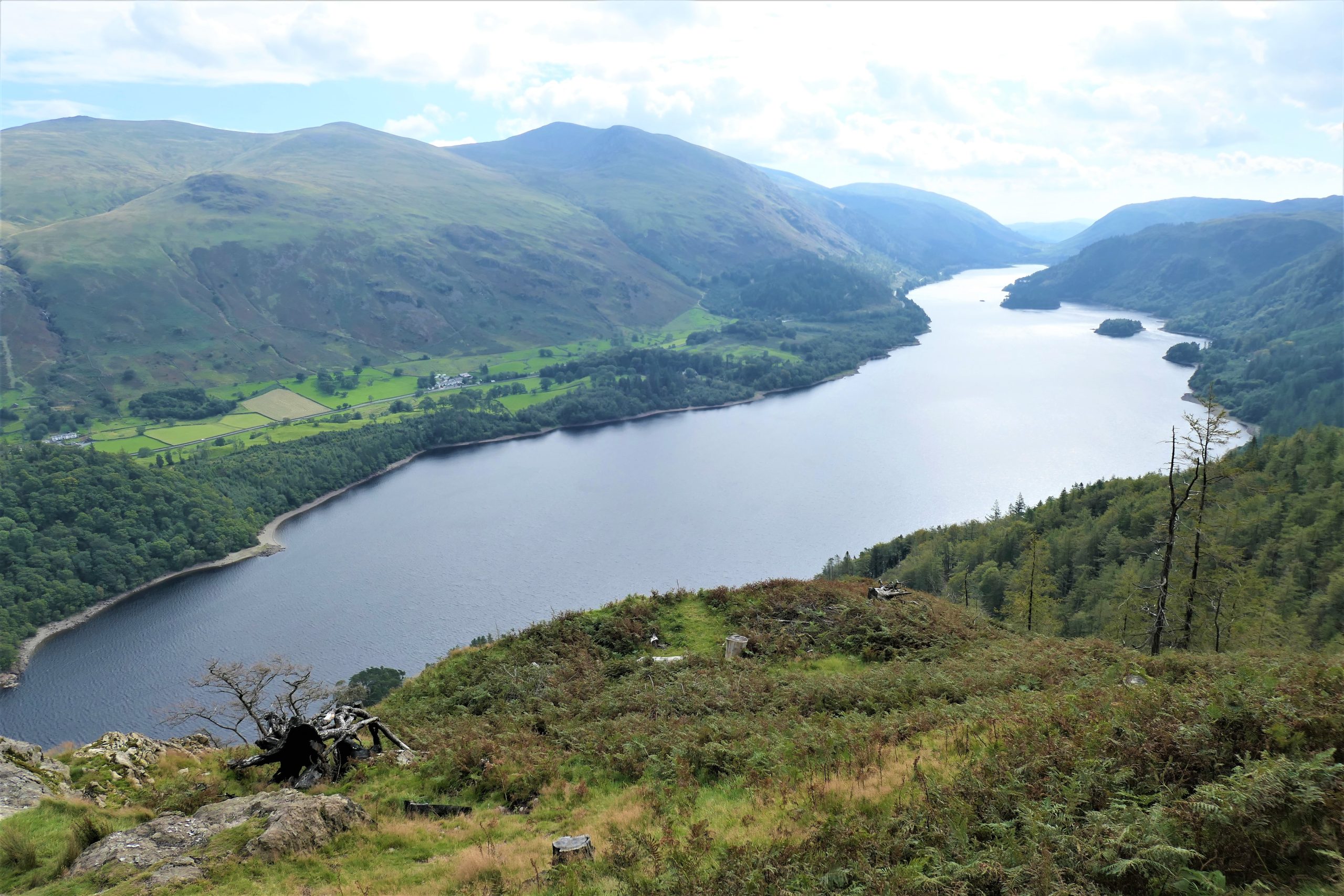
Thirlmere offers beautiful views of both the Borrowdale Fells and Helvellyn Ridge, and the area is home to a lot of local wildlife and nature. It is 158 feet deep, 1.2 miles wide and 3.5 miles long, and it is one of the more hidden lakes that the Lake District offers. If you want to explore, there are many laybys that you can pull into so you can kayak into the lake.
Over 100 years ago, Thirlmere was two separate lakes. In 1889, Manchester City Corporation Waterworks bought them, and a 104-foot-tall dam was built. This made the area one big reservoir, which submerged the villages of Wythburn and Armboth. Now, North West Water owns the lake.
9) Bassenthwaite Lake
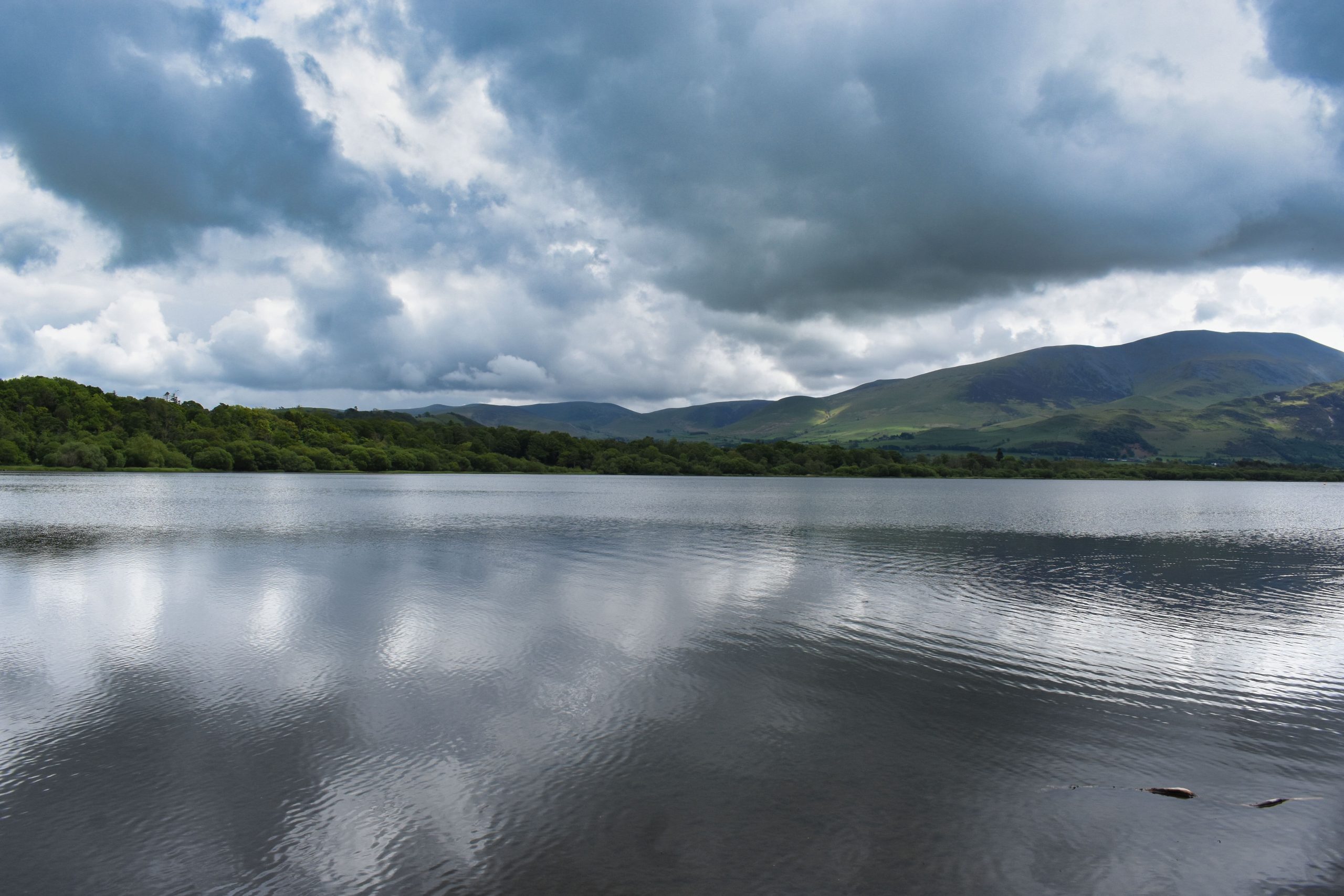
As one of the shallowest lakes in the Lake District National Park, Bassenthwaite Lake is only 70 feet deep at its deepest point. It is also 0.75 miles wide and 4 miles long. It shows off a vast array of wildlife, including Atlantic salmon and ospreys, and the south side of the lake is a wildlife sanctuary zone.
Four lakes within the Lake District require a permit before using your kayak, and Bassenthwaite Lake is one of them. These permits can be obtained from Keswick Tourist Information Centre. Motorboats are not permitted on the lake, making it a quieter location for you to kayak in.
When kayaking, be aware of what parts of the lake you use. Bassenthwaite is a protected lake in a National Nature Reserve because of the wildlife introduced to it in 2001. The east end of Bassenthwaite Lake is private, so you cannot kayak in certain areas, and the north end holds sailing club races. Check what areas of the lake you can use before you start kayaking.
10) Wastwater
Not only is Wastwater the deepest lake within the Lake District, but it also has the most dramatic backdrop in the national park. Owned by the National Trust, it is 260 feet deep, 3 miles long and 0.5 miles wide, and it can be found in the Wasdale Valley.
This lake is surrounded by the highest mountain in England, Scafell Pike, Kirk Fell and Red Pike, and there are Screes along the southeast side of the lake. The Screes are millions of broken rock fragments which rise above the surface of the lake and are almost 2000 feet tall. This helps to give the lake an ominous feeling, particularly when the weather lacks sun.
Hiring a kayak can be difficult in this area, so Wastwater is more suited to people with kayaks. It can also be very exposed to the weather, so anyone who kayaks in the lake should be dressed for all weather conditions when they do so.
What Are the Best Rivers for Kayaking?
There are also opportunities for river kayaking in the Lake District. Many rivers can be explored in the district, and they have been graded to establish their difficulty for the people using them. The grades reflect how difficult that stretch of river is, meaning the grades may change the further down the river you travel to better reflect the nature of that water area. These grades are:
- Grade 1 – This is the easiest type of river and is ideal for practising if you have never paddled in moving water before. A Grade 1 river means that whilst the water is moving, most people can paddle in it. The boat or kayak may rock a little because of the small waves and ripples in the water, but there are no rocks or other hazards that you need to avoid or manoeuvre around.
- Grade 2 – The next difficulty up, Grade 2 rivers have eddies, which you can use to catch your breath before moving further down the river. They also contain waves and small stoppers, which should not be difficult to navigate.
- Grade 3 – These rivers will need you to paddle a specific route to avoid the obstacles within the water, such as rocks. There are also more difficult stoppers and waves in the river, and they can sometimes include drops. This grade requires more technical paddling than the previously mentioned rivers.
- Grade 4 – If you are kayaking or paddling in Grade 4 rivers, you need to be able to read the river and find possible routes to return to the bank before you start. There are two different Grade 4 levels, 4- and 4+, showing how intense that part of the river is. These rivers contain more severe stoppers, drops and waves, and there can be other obstacles in the way that influence how the water flows.
- Grade 5 – These rivers are demanding and require the people using them to have exceptional skill and experience to navigate them safely. There are powerful waves, currents and stoppers to contend with, and they are very difficult to travel through.
- Grade 6 – This is the most difficult type of river, and they look unrunnable. The rapids are the most extreme, but it is possible to kayak through them if the person has the right experience and skill. The right circumstances also need to be met.
Be aware that the grade of a river can change depending on the amount of rainfall. Having more or less rainfall than usual can alter how difficult a river is to travel down, so look at the river before paddling to see if there are any hazards or if the river is different to how you expect it to be. Check you are experienced and skilled enough to kayak there and that you have the appropriate equipment.
Take a look and see which rivers are ideal for kayaking in the Lake District.
1) Eden
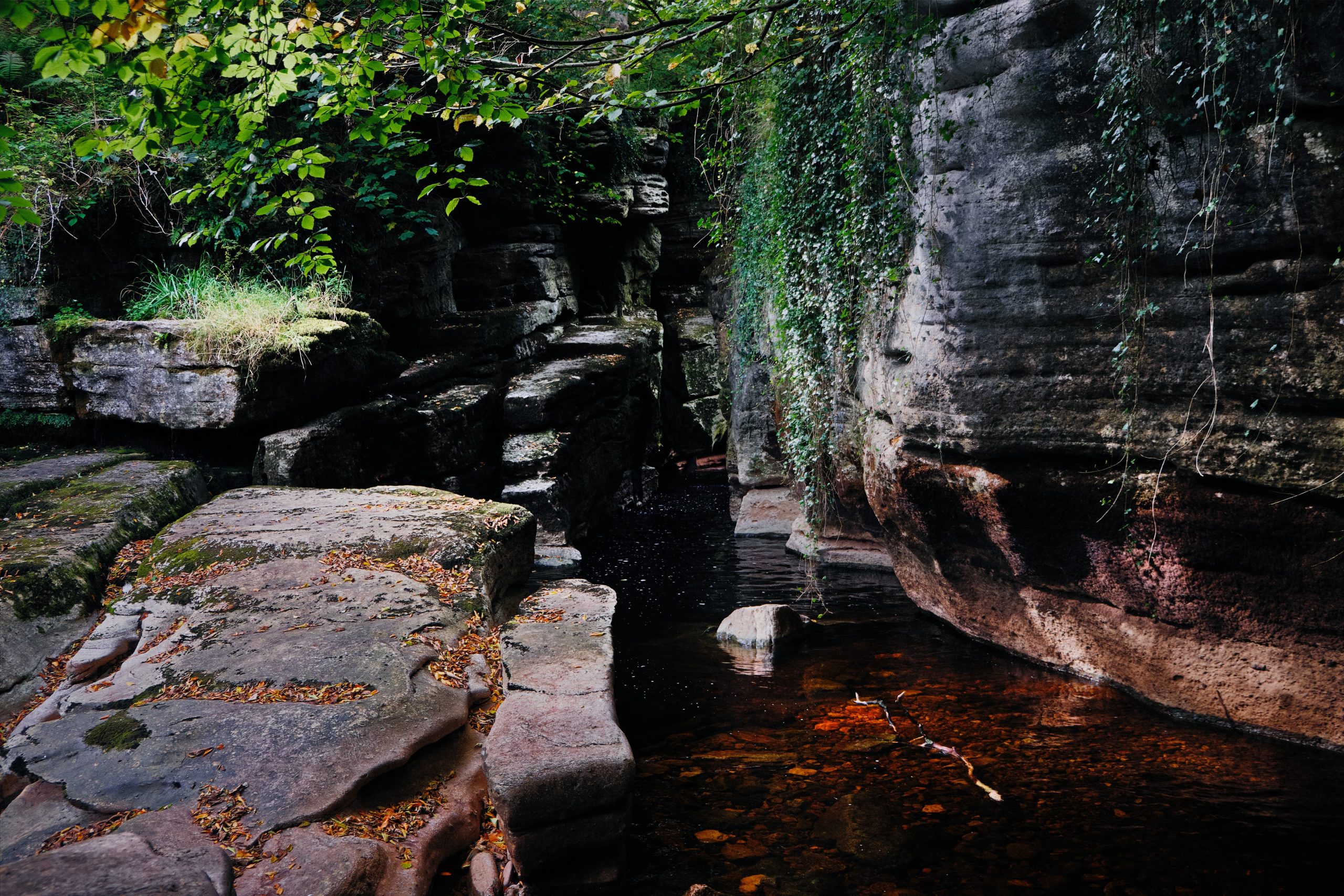
This is the longest river in Cumbria and is a fast flowing one too. At 5 miles long, the River Eden is a Grade 2 river, though it can be a Grade 3 in high waters, so care should be taken before paddling here.
Many different routes are popular on the River Eden for kayaking, but for those less experienced, the most popular is the one going from Lazonby to Armathwaite. This route has some surprises that you may find along the way, but it is mostly flat and long.
2) Rothay
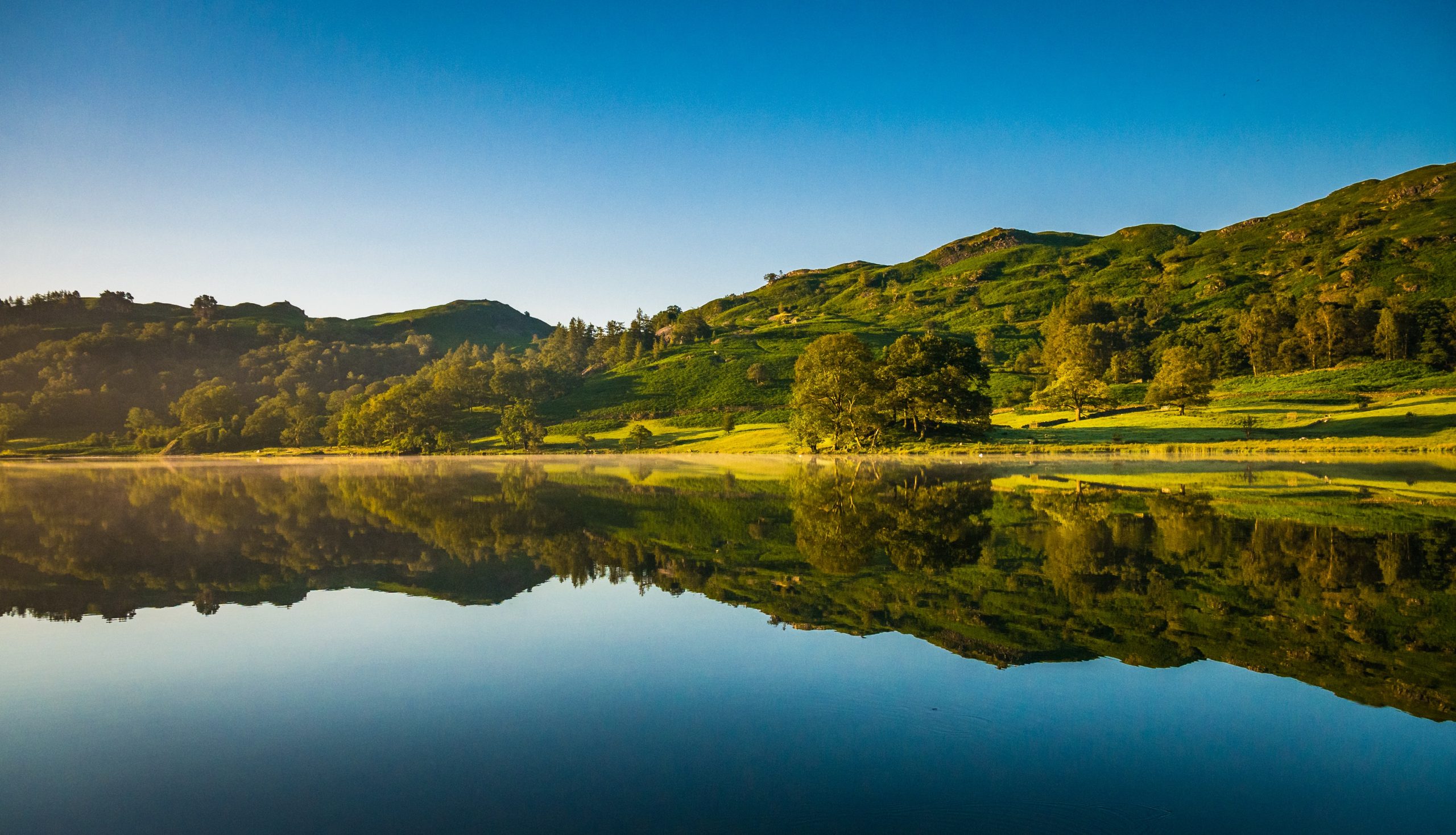
The River Rothay is a Grade 2+ river and is 4 miles long. The rockiest section here is when leaving Rydal Water, which is a small lake near Rydal. The river goes from Grasmere to Rydal and then to Ambleside and is a good area for beginners who want to kayak in the Lake District. If you are planning to kayak here, trees can form hazards that you need to avoid when paddling down this river.
3) Greta

This river flows through a steep valley, though near Keswick, it flattens off. The River Greta contains energetic flowing water and ranges between Grade 2 and Grade 3. Its name comes from Old Norse and means ‘stony stream’, and it is 5 miles long.
In November and December, please note that you should only paddle in this river if the water reaches the white lines painted on the markers at Threlkeld bridge. These markers are on the downstream side of the central pillar. The River Greta is also a Special Area of Conservation (SAC), so be careful to protect the environment whilst kayaking here.
4) Derwent
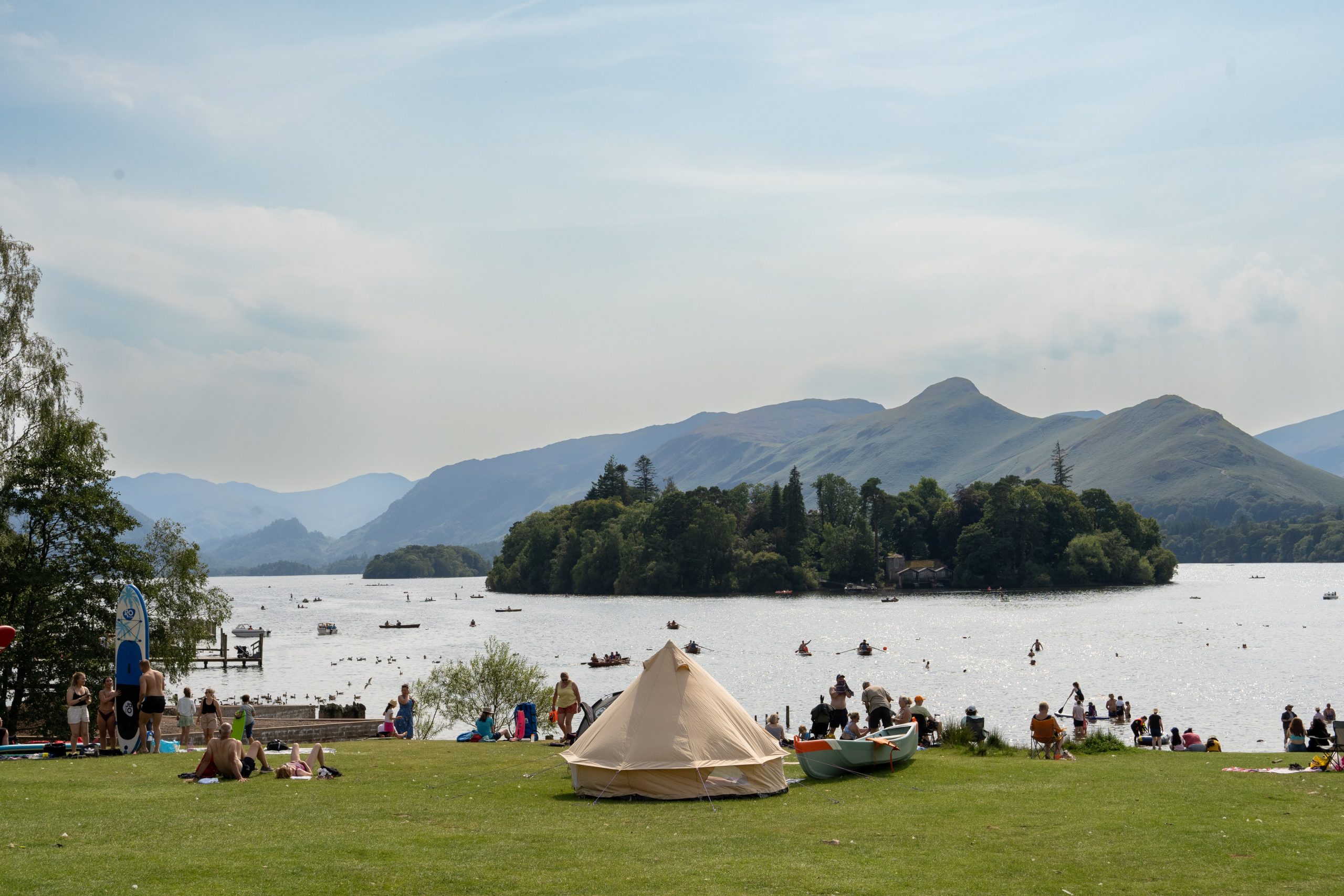
If you want an easy-going route whilst kayaking, the River Derwent is a Grade 1 or 2 river, making it ideal for those who are more inexperienced. Whilst it is fast flowing, there are no exciting rapids to navigate. This river is 4 miles long and, as it is located in Bassenthwaite, you do need a permit to kayak here.
If you are kayaking or paddling in November and December, it is advised only to do so when the water reaches the markers found on Portinscale Foot Bridge.
5) Lune
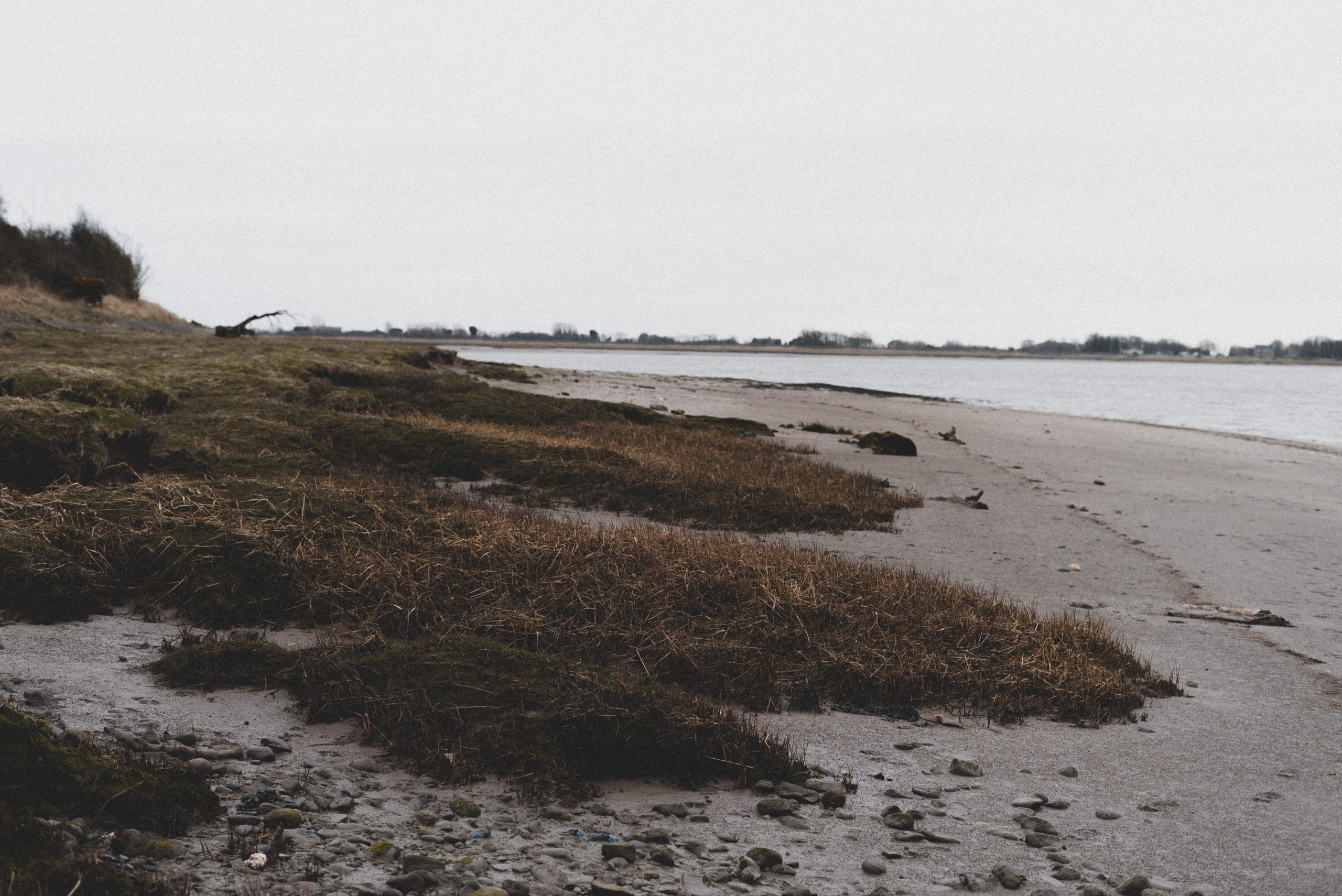
The River Lune is 5 miles long and is a Grade 3 river. When other rivers are too low, this is when the River Lune tends to run. The route takes you from the Eastern Lake District towards Lancaster.
The different areas of the river vary in difficulty, making it ideal for people of different experience levels. Some parts are wide and effortless, making them a great place for beginners to kayak. For those who are more advanced, there are parts of the river that are tighter and more gorge-like.
There are many great places in the Lake District for kayaking, meaning you can find the one that suits your skill level on a lake or a river. Whether you want to ease yourself into the water or find one that is a little more challenging, there are plenty of locations that offer scenic waters and kayak hire so you can enjoy the watersports in the Lake District, no matter how experienced you are.

